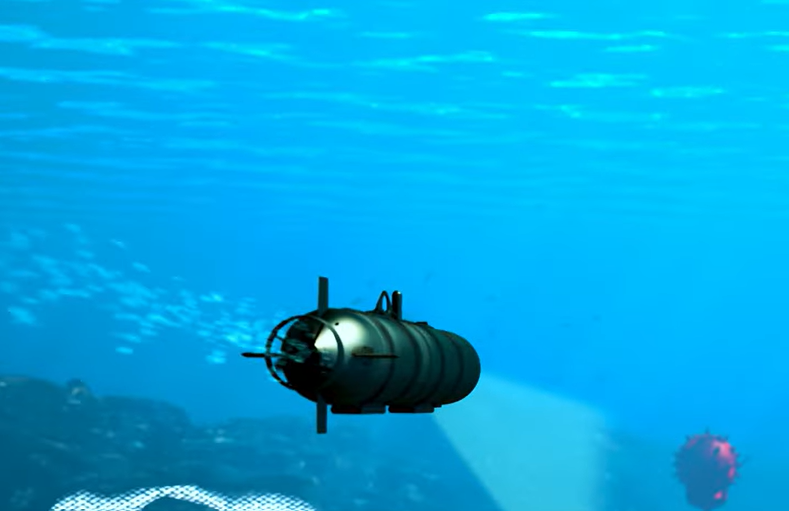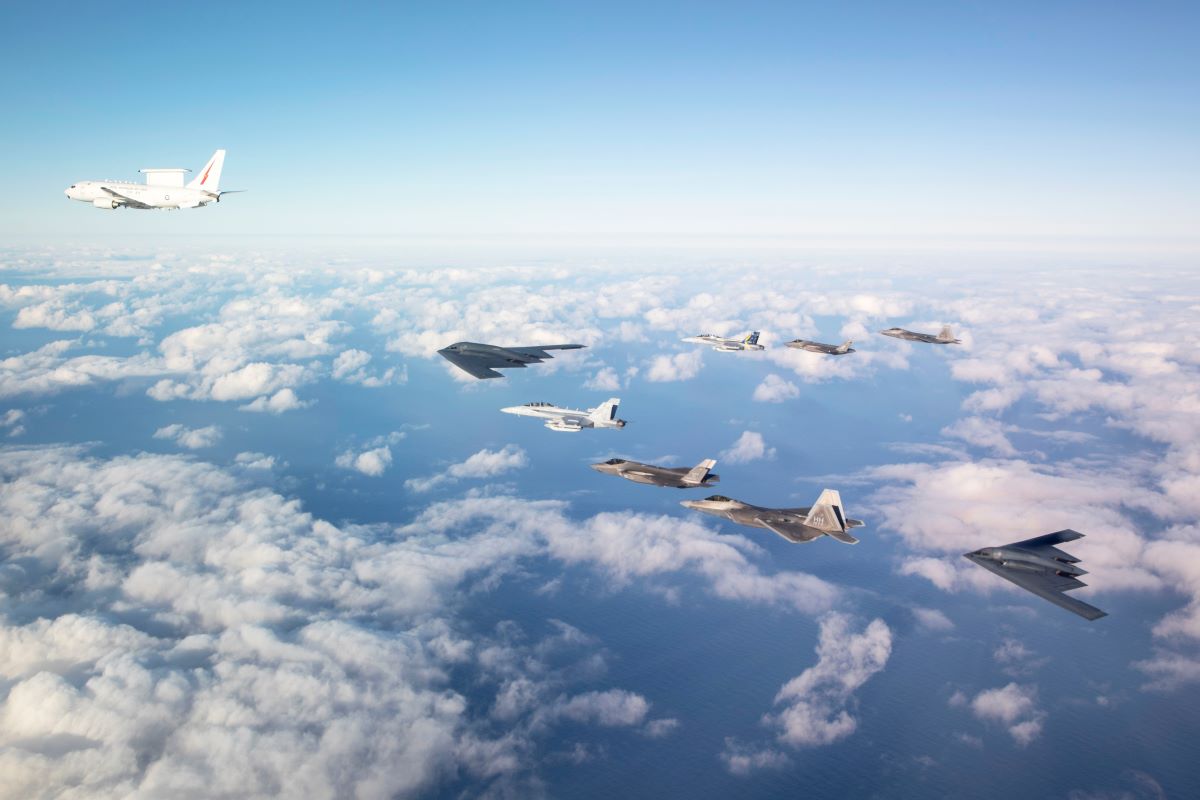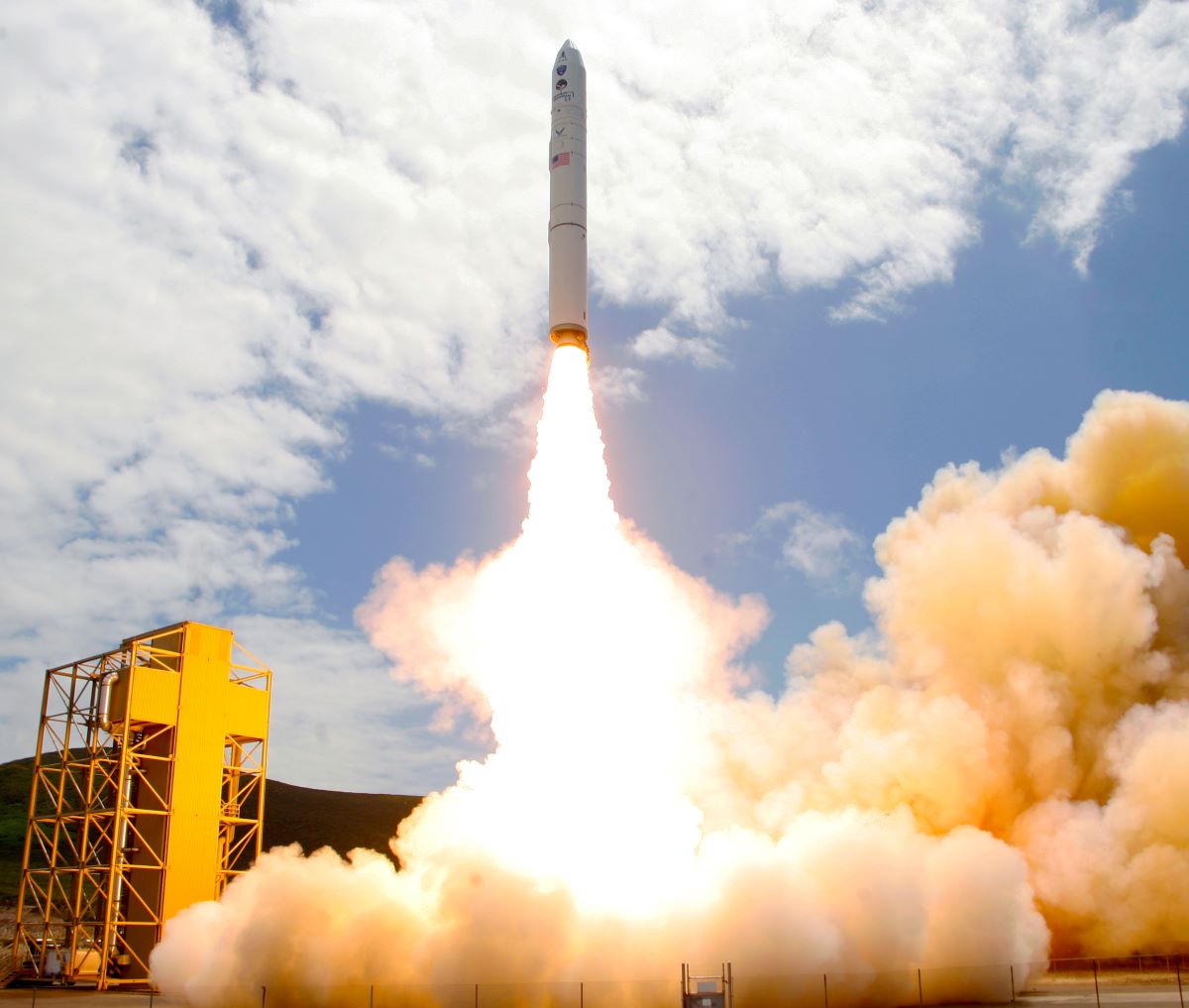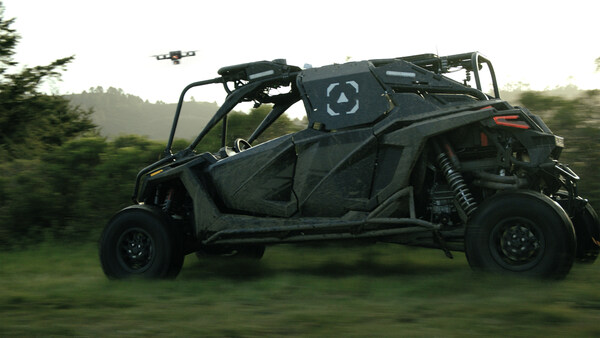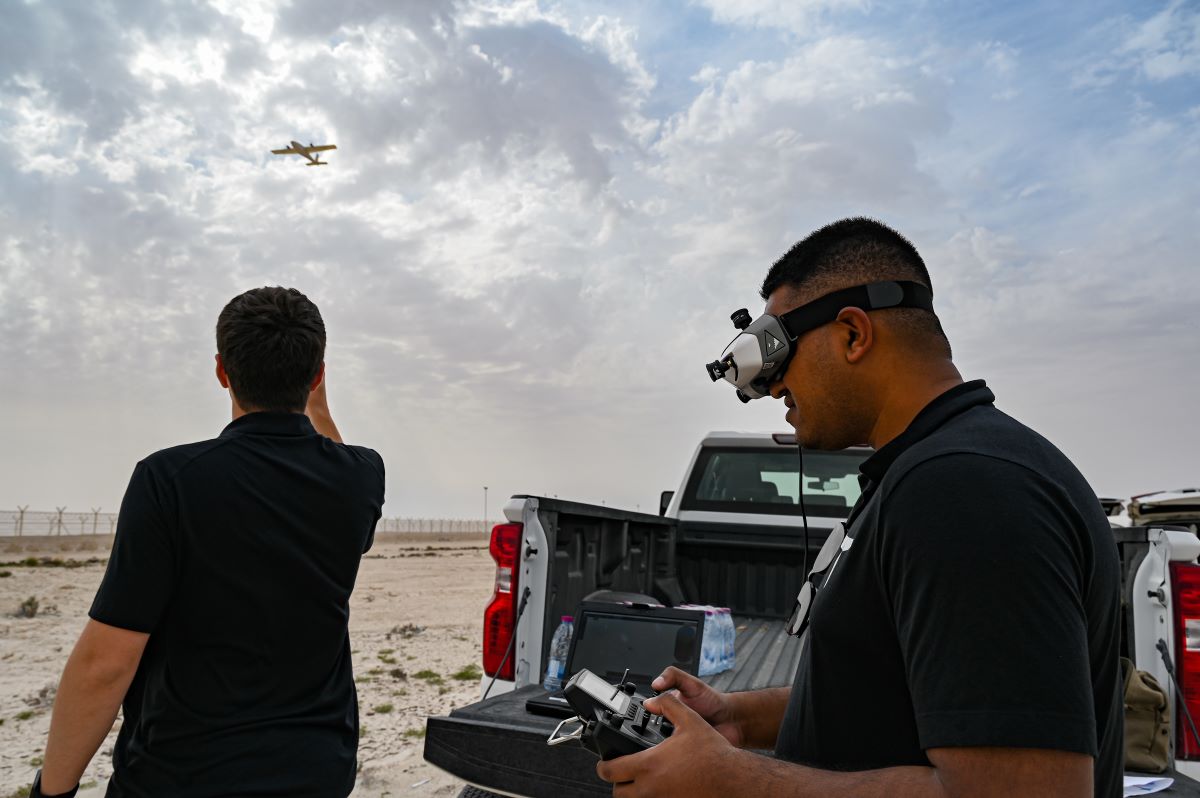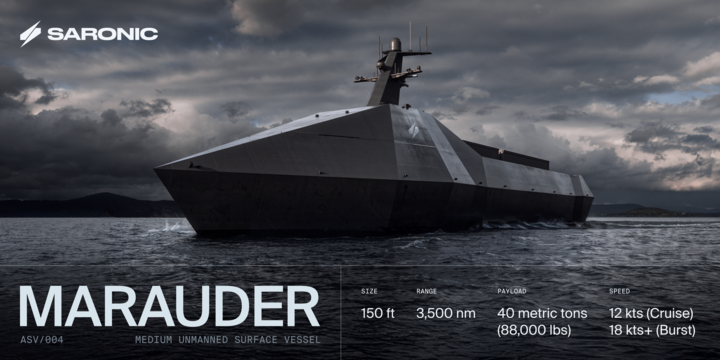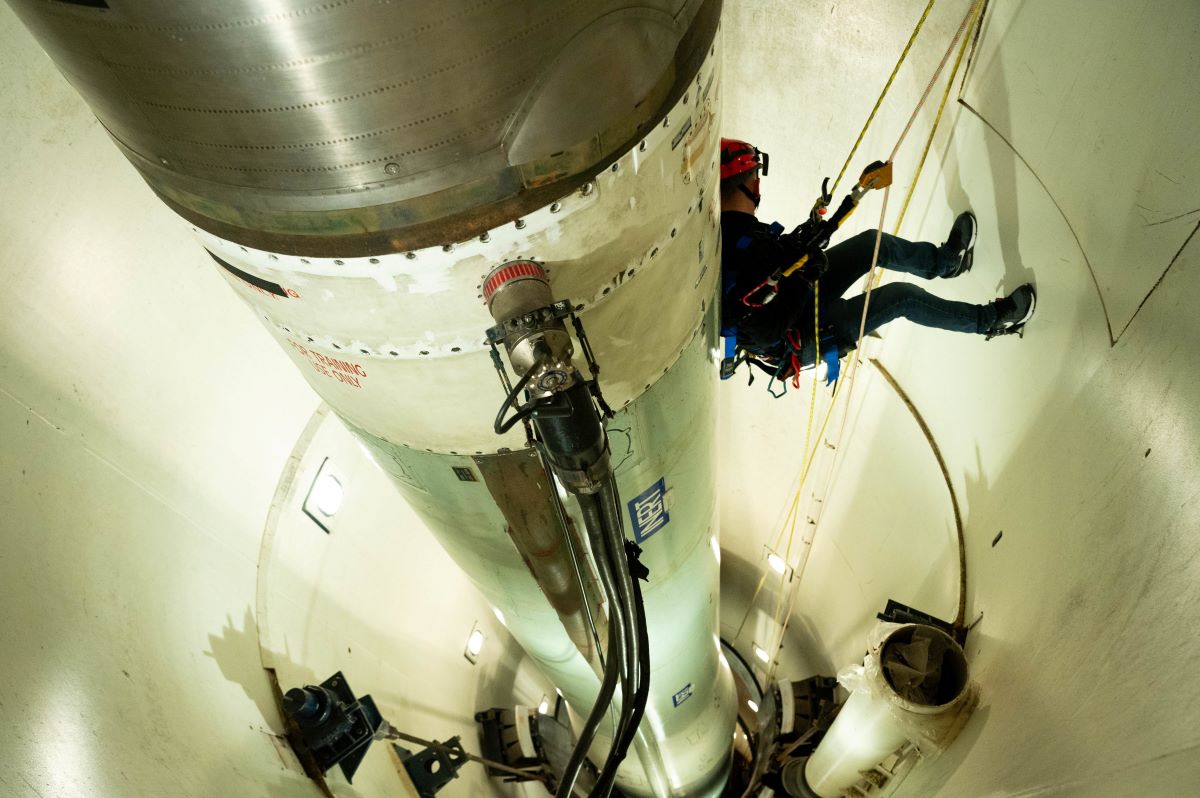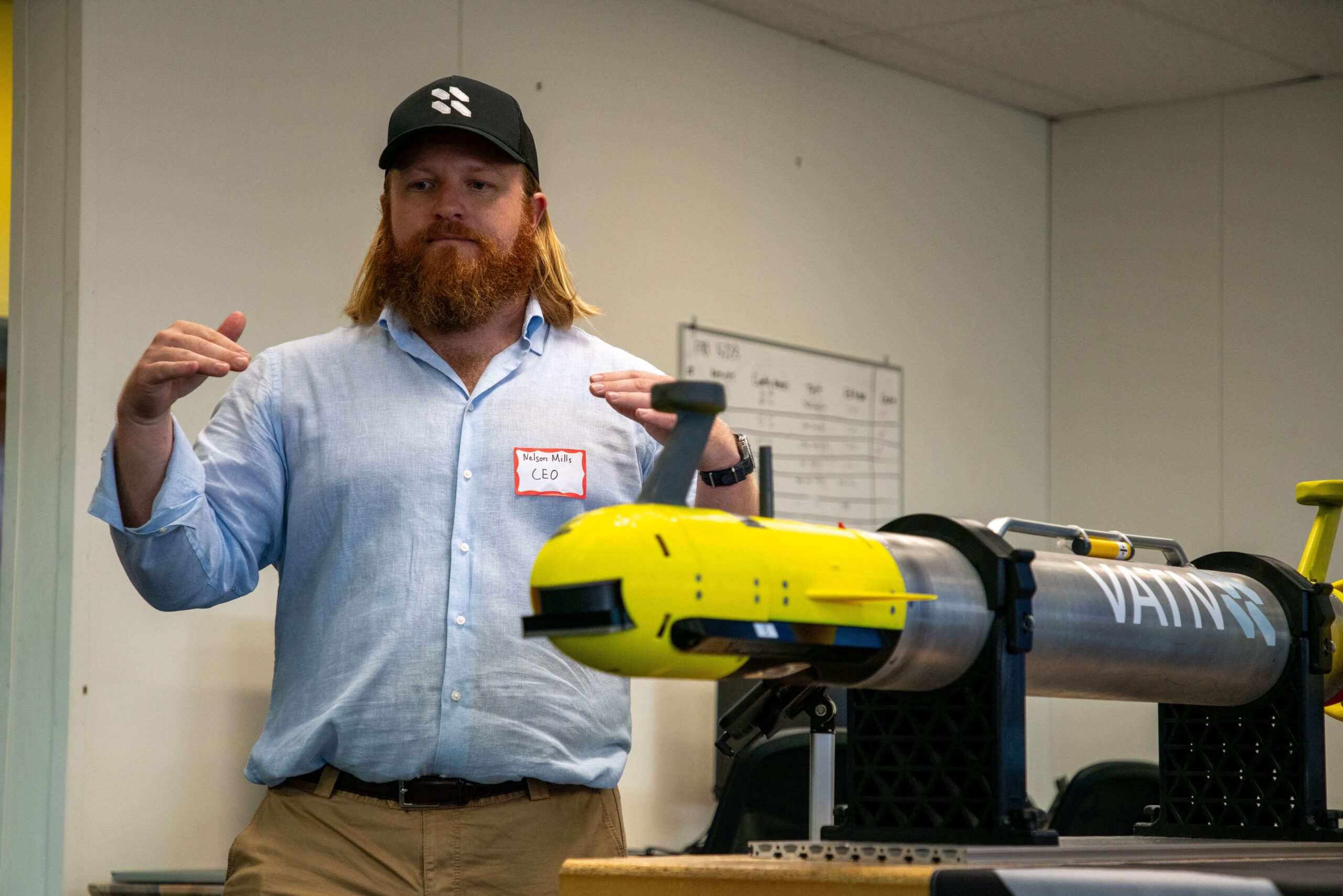Leidos [LDOS] last week pitched a new Sea Dart small, attritable low-cost uncrewed undersea vessel (UUV) as an alternative to more expensive systems during the annual 2025 Sea-Air-Space expo.
“Sea Dart is the next step in the progressive evolution of our UUV product line, introducing a new, low-cost commercial UUV to the market. It offers the flexibility to fully customize customer payloads while staying true to our core commitment to keeping production costs significantly lower than other models,” Dave Lewis, senior vice president of Sea Systems for Leidos, said in a statement.
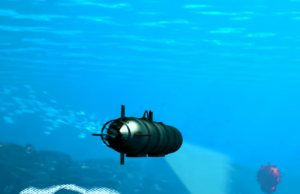
The new one or two-person transportable UUV comes in two standard diameters: six and nine inches. The company noted it is capable of performing either environmental, scientific or research missions focused on low cost platforms or the Navy with a platform compatible with the Navy’s preferred underwater vehicle software architecture and new non-propogating UUV battery design. Leidos is also considering producing a 12.75-inch diameter variant.
The range will be user-selectable, dependent on payload, but the company is looking at about 19 hours range with maximum battery storage combined with low speed. If the client prefers a higher end motor to go over 12 knots, that lowers the endurance.
The company developed the Sea Dart with internal research and development funding.
One of the reasons Leidos is pushing the Sea Dart is to “change the conversation, and instead of continuing on a ramp of more exquisite capability in some of these vehicles, we wanted to move into a place that we allowed a UUV for the masses, if you will,” Jason Weed, Undersea Subject Matter Expert at Leidos’ Maritime Systems Division, told Defense Daily in an interview last week.
Weed added the company’s goal is for the vehicle to be attritable, but with user-selected payloads so it can act like a smart torpedo or aid in counter-mine, underwater survey, undersea infrastructure sensing and other missions for military or civilian clients.
He said Leidos is pricing out the Sea Dart to be in the “very, very low hundreds of thousands – I could say very comfortably about $200,000 for one of our units.”
The company billed this as 80 to 90 percent lower than similar small UUVs on the market with similar capabilities, making their strength being able to provide the Navy with large numbers in the near term.
“We can kind of get scale or bring other players in to the UUV field that otherwise couldn’t because the $2 million to $4 million price tag for some of these very exquisite vehicles,- we’re 10x at least on the savings between those exquisite vehicles where it has probably a lot of functionality that isn’t necessary for the specific use case that the customer is looking for,” Weed said.
He argued this translates into a $100 million order for small UUVs means at least over 200 Sea Darts with full payload integration compared to a notional competitors’ 50 UUVs that cost $1 million to $2 million each.
“That’s really what the differentiator is, is there are other folks out here in the market, but when you do a side by side comparison of what their capabilities are, they don’t match up and align for what we’re doing,” he added.
This comes amid several new entrants into the Navy UUV market as demand rises to produce new capabilities faster than traditional shipbuilding can deliver. During the expo, Anduril announced its new Copperhead family of UUVs that are meant to be launched from another unmanned vehicle, with a similar weaponized munition variant option (Defense Daily, April 7).
Weed said Leidos has integrated the capability to launch and recover Sea Dart from a submarine torpedo tube, but it can also be launched and recovered from the seafloor or surface ships
“The goal is to have an attritable vehicle. Obviously, we can recover it. We can build that functional functionality into the payloads. But also it’s limited use. It’s not designed to last 10 or 15 years, because that’s not the price point we’re at.”
He boasted that given the vehicle price point and design combined with its open software architecture, Leidos can replace obsolete components “on the fly” and continue to maintain it without a major complete redesign.
Weed said the company’s workflow analysis found they can produce about 180 to 200 UUVs per year with one work cell working one shift per work day. However, Weed emphasized they can flex to add work cells or more shifts if demand signal increases.
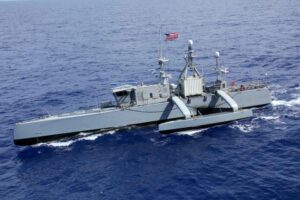
“ I would say very comfortably that we can probably build 200 units a year, as soon as the order would come in, we could move to that level. And we’re working very closely with our subcontractors to get those lead components that we would need as well,” Weed said.
He also confirmed Sea Dart is partially an outgrowth of DoD’s Replicator initiative but also his own kind of experience previously working at Navy Unmanned Undersea Vehicles Squadron One, now UUV Group One, where he saw no similar low-cost options that can scale into the hundreds for constant deployment in the Navy’s inventory.
“There wasn’t anything out there at a price point that was going to make sense for the Navy. And so through internal [research and development funding], they developed this vehicle, the Sea Dart.
Weed said Leidos has already integrated the payload of one customer they would not disclose, with an in-water test in recent weeks. He said within a month of getting the payload, Leidos tested and integrated it with the Sea Dart.
He confirmed the company has had active government interest in Sea Dart and international interest, referencing the expo opportunity to showcase.
Other unmanned offerings from Leidos include its Sea Archer small unmanned surface vessel (USV) and for Navy-tested medium USVs, the Sea Hunter, Sea Hawk, Ranger and Mariner.
